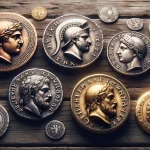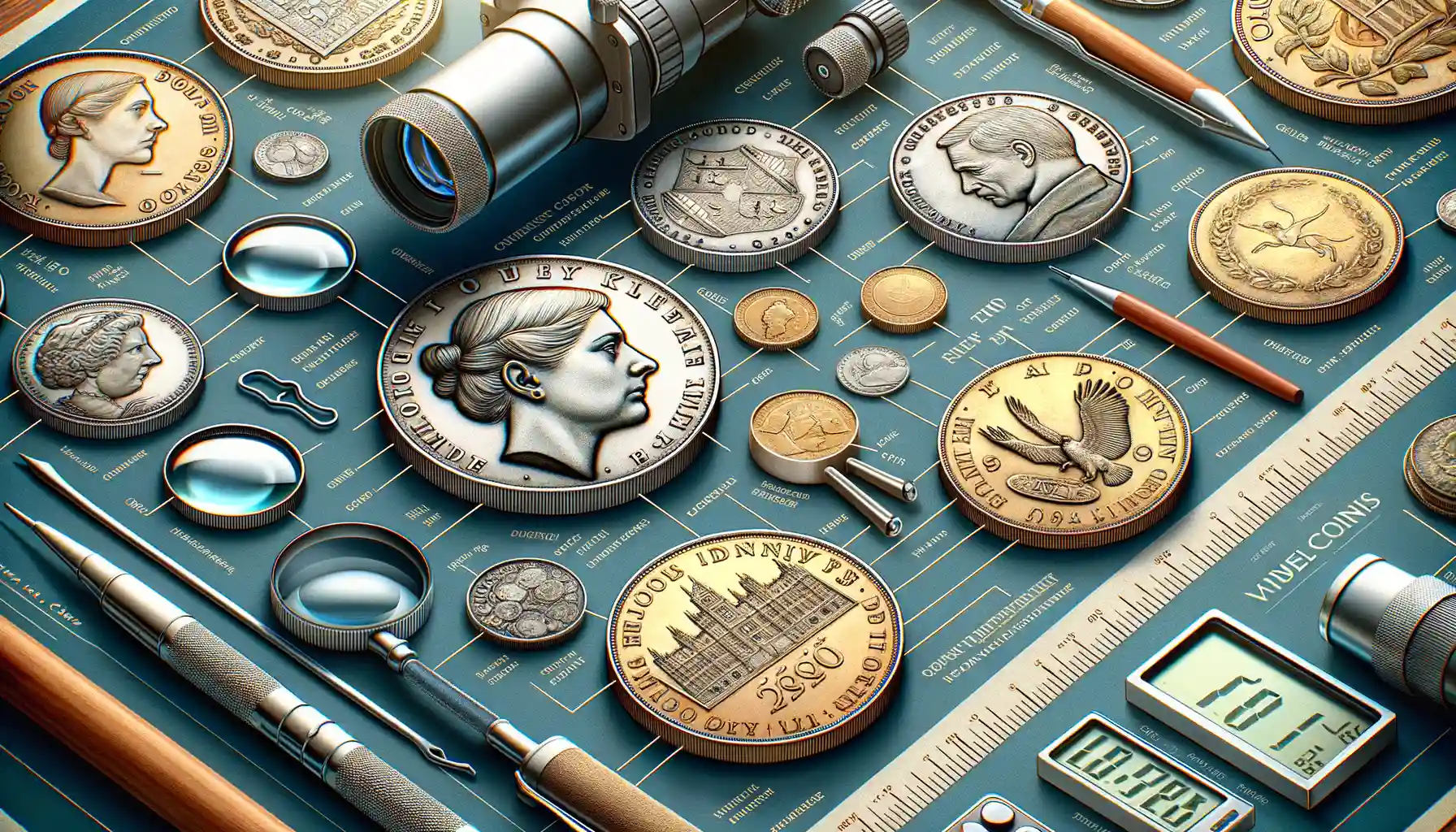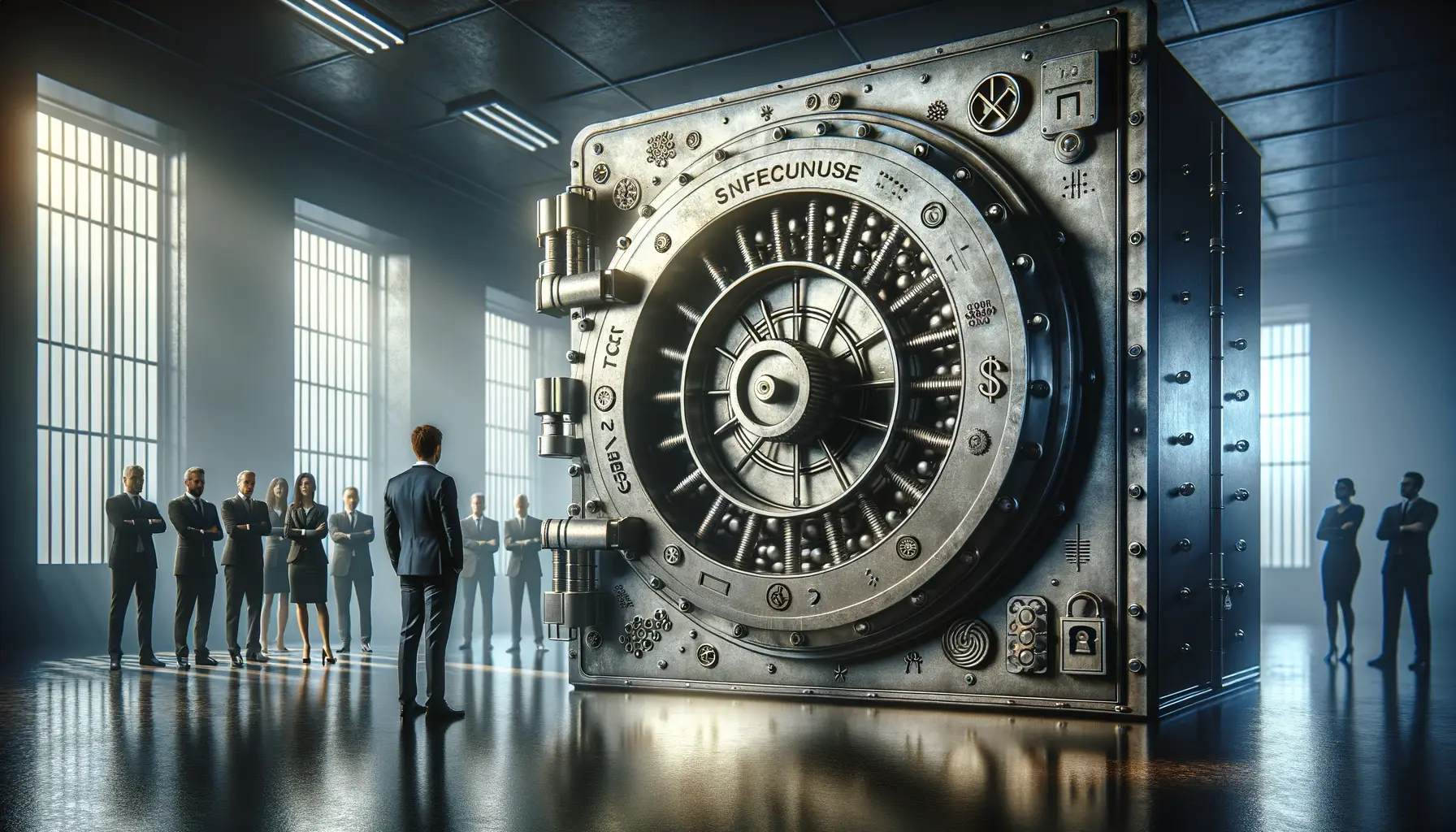Importance of Historical Coins in Global Heritage
Imagine holding a coin that has witnessed centuries of history. It’s more than metal—it’s a messenger from another era, whispering stories of triumph, leadership, and culture. Historical coins act as miniature time capsules, preserving the essence of global heritage in ways that no textbook ever could.
The Hidden Stories Behind Old Coins
Every scratch on an old coin has its tale. Perhaps it jingled in the pockets of merchants on the Silk Road or paid for a soldier’s bread during tumultuous wars. Coins featuring world leaders, like Julius Caesar’s denarii or Queen Elizabeth II’s modern currency, offer a fascinating glimpse into leadership styles, artistic trends, and political statements of that time. They’re not just currencies—they’re reflections of an era’s heart and soul.
- Artistry: Coins showcase intricate craftsmanship, from ancient Greek gods to Napoleon’s profile.
- Global connections: A Roman coin found in India highlights extraordinary trade routes.
- Legacy: They immortalize leaders who shaped history, capturing their power in the smallest details.
Cultural Bridges Shaped in Metal
Coins transcend borders and language. A Byzantine coin in your hand connects you with empires long gone, while relics from dynasties like the Qing or Mughal remind us of our shared human history. These aren’t just artifacts; they’re global conversations across centuries, proof of humanity’s enduring search for connection and prosperity. To let them fade is to silence the echoes of the past.
Techniques for Preserving Historical Coins
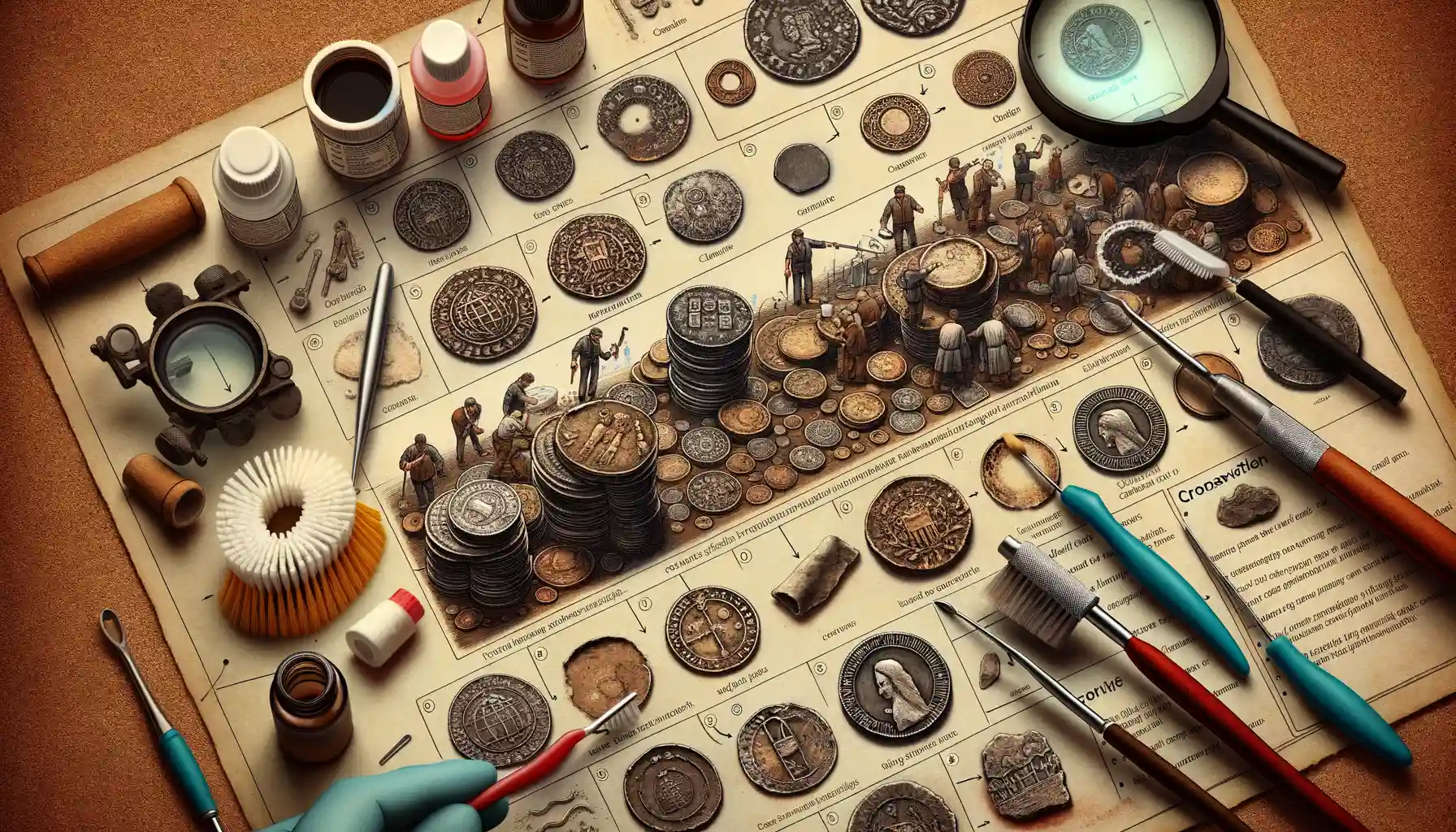
Caring for Coins Like Timeless Treasures
Preserving historical coins isn’t just about keeping a shiny surface—it’s about safeguarding their stories, the touch of time, and the whispers of the leaders they immortalize. Every nick, patina, or imperfection can hold historical weight, so treating coins with care is non-negotiable.
First, start by storing these coins in a climate-controlled environment. Why? Because dust and moisture are like silent thieves—they creep in unnoticed and leave behind corrosion and damage. Use acid-free holders or coin flips made of Mylar to cocoon your treasures against such risks.
Handling tips? Always wear cotton gloves. The natural oils on human skin can wreak havoc, especially on coins with delicate finishes like silver or copper. And don’t even think about rubbing dirt off with your fingers—coins are not dinner plates!
- Cleaning tips: Stick to distilled water—never tap water—and stay away from harsh chemicals or abrasive cleaners.
- Invest in a high-quality magnifying glass or loupe to examine details without unnecessary touching.
Remember—your preserved coin could be someone’s future window into a moment in history. Treat it as the ancient relic it is, not just a collectible.
Notable Coins Featuring Prominent World Leaders
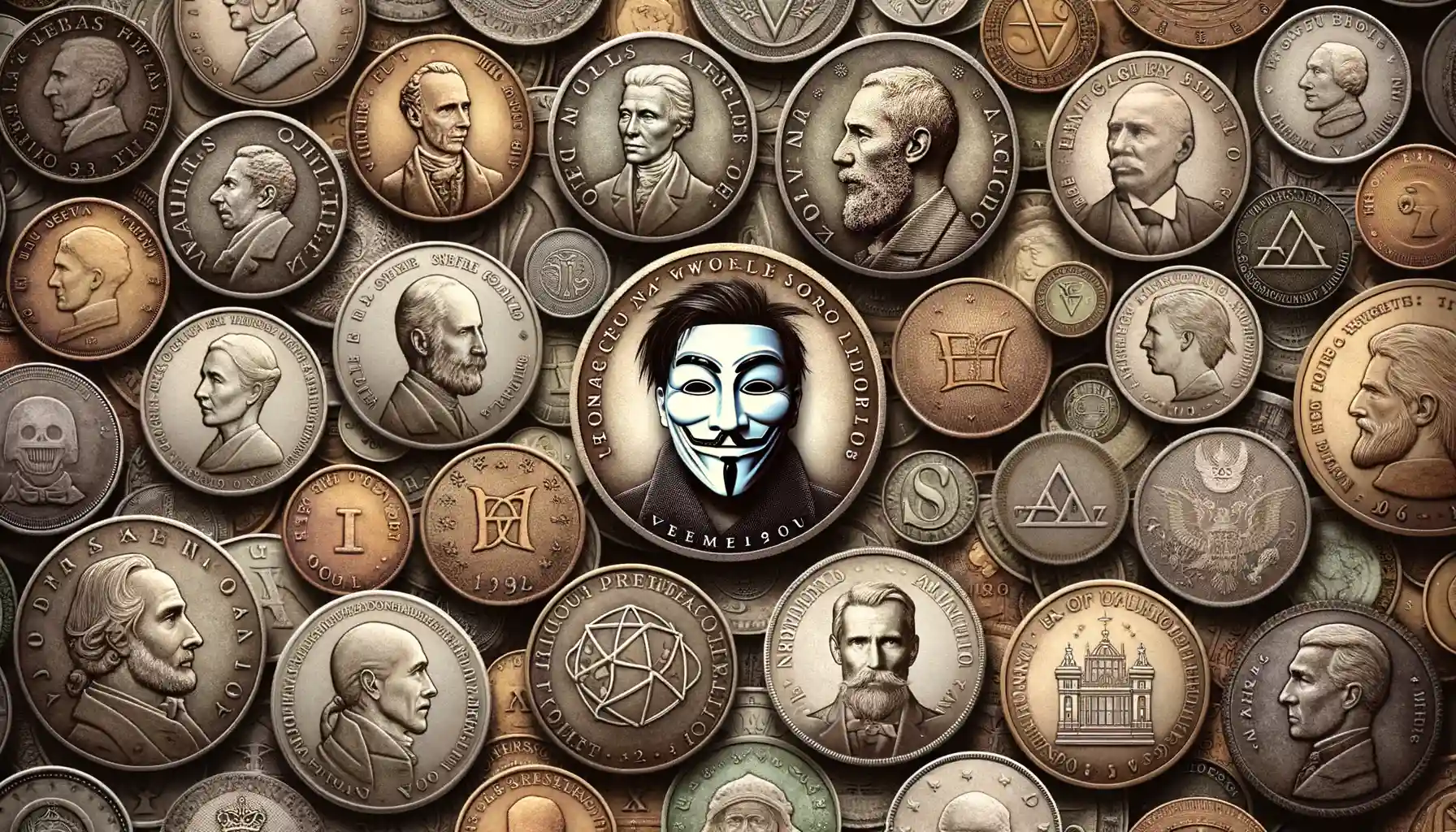
Coins That Keep History Alive
Imagine holding a piece of history in your hand—a coin featuring the proud profile of a world leader who once shaped empires, influenced revolutions, or inspired nations. These coins whisper stories of triumph, ambition, and sometimes downfall. From intricate engravings to bold statements of sovereignty, each one is a miniature time capsule.
Take, for instance, the timeless portrait of Julius Caesar etched onto ancient Roman denarii. His laurel-crowned image marked a pivotal shift in Roman governance, encapsulating his rise to dictator-for-life. Or consider the stunning depictions of Queen Elizabeth II gracing millions of coins over seven decades—a symbol of both constancy and modernity.
For collectors, these artifacts are more than currency; they’re gateways to worlds long past. Some notable examples include:
- Abraham Lincoln’s enduring presence on the U.S. penny, embodying perseverance amid adversity.
- Catherine the Great on Russian roubles, radiating power and enlightenment during her transformative reign.
- The poignant profiles of Mahatma Gandhi on Indian rupee coins, advocating peace and equality.
The Art Behind Their Legacy
Beyond their historical value, the artistry of these coins is breathtaking. The meticulous chiseling of Napoleon Bonaparte’s fierce gaze on French francs, for example, captures his commanding persona. Meanwhile, the elegant curves of Cleopatra VII on Ptolemaic coins reveal her legendary beauty and cunning diplomacy.
Each stroke, each design decision, is deliberate. It’s not just metal—it’s a celebration of leadership and legacy. Whether embossed in gold, silver, or bronze, these coins shine with the stories of leaders whose visions changed our world forever.
Challenges in Coin Preservation and Restoration
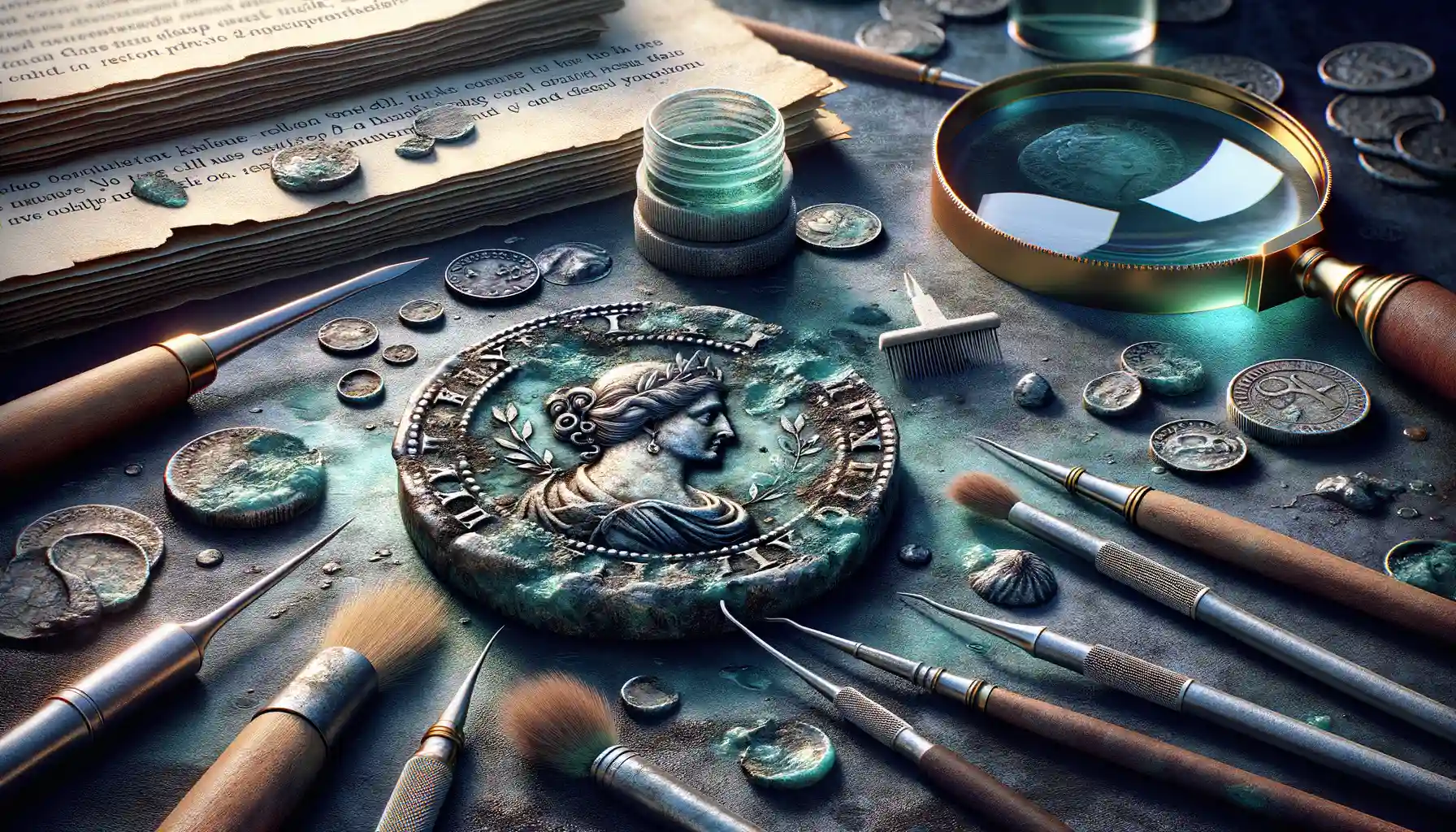
Unseen Battles Coin Collectors Face
Isn’t it bittersweet? Holding a coin that once passed through the hands of leaders like Julius Caesar or Queen Elizabeth I, yet noticing its luster fading, its edges worn? Coin preservation is no easy feat—it’s a dance between passion and patience, but the obstacles can feel Herculean.
One enemy looms large: time itself. Corrosion creeps in quietly, eating away at metals that were once proud and shining. Humidity whispers destruction. Even something as innocent as air can tarnish copper or silver surfaces over decades. But the challenges don’t stop there.
- Handling coins improperly—oily fingerprints can etch permanent marks on delicate designs.
- Using amateur cleaning methods—harsh abrasives turn art into scars.
- Accidental exposure to harmful chemicals found in everyday storage boxes.
The Human Element: Mistakes That Haunt Restorers
Even with the best intentions, humans sometimes cause more harm than good. Picture this: a novice restorer scrubbing away dirt from an ancient coin only to realize, too late, that they’ve erased a rare mint mark forever. Or imagine an auction house choosing flashy polish over authenticity, stripping away centuries of history for fleeting sparkle. These aren’t just errors; they’re heartbreaks for history lovers.
Preservation isn’t just science—it’s respect, responsibility, and, above all, a battle against forces both natural and human-made.
Future Trends in Historical Coin Conservation
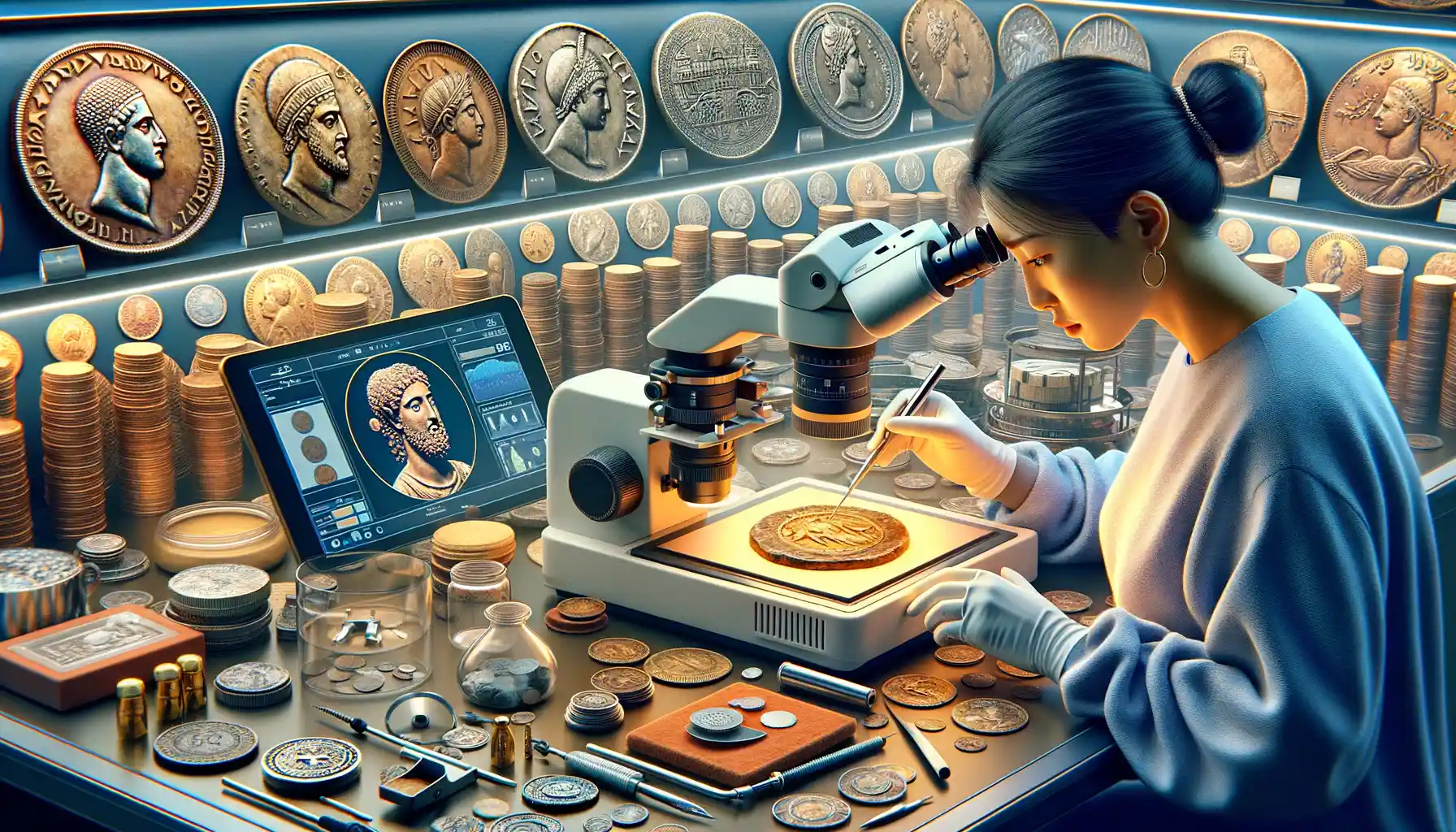
Advancing Preservation Through Cutting-Edge Technology
The world of historical coin conservation is on the cusp of a revolution, blending centuries-old craftsmanship with cutting-edge innovation. Imagine a world where a 2,000-year-old coin from Roman times not only survives but *thrives*, its intricate designs as vivid as the day they were minted. This isn’t wishful thinking; this is where we’re headed.
Today, technologies like laser cleaning systems are replacing traditional abrasive methods, providing precision down to the micron level. No more risking damage to delicate surfaces! Meanwhile, 3D scanning allows us to map every ridge and inscription, creating digital models that preserve a coin’s essence before conservation even begins. These scans can even reproduce exact replicas, offering museums and collectors new ways to share history without compromising the originals.
- Nanotechnology coatings: Imagine an invisible shield protecting coins from oxidation or environmental pollution.
- AI diagnostics: Algorithms are now able to analyze corrosion patterns, predicting future decay better than the most seasoned experts!
The Human Touch in a Digital Era
But it’s not all about machines. At its core, coin preservation remains profoundly human. The future invites artisan conservators to collaborate with tech, weaving intuition and innovation together. It’s like pairing a master violinist with a state-of-the-art instrument—magic happens!
Even ambitious projects, like “virtual exhibitions” of prominent leaders’ coins, are breaking barriers. Imagine examining an Alexander the Great tetradrachm up close, no museum walls required. The emotional connection to history, amplified by this tech-human fusion, is nothing short of extraordinary.


